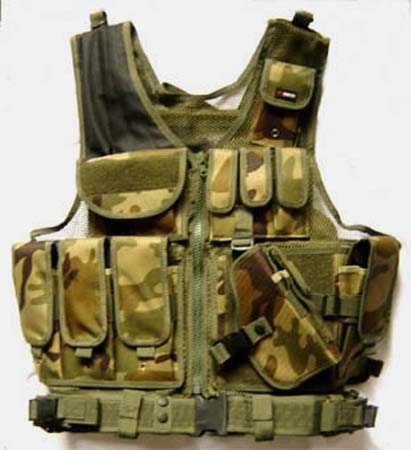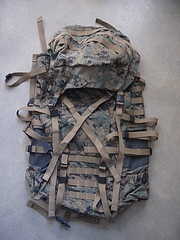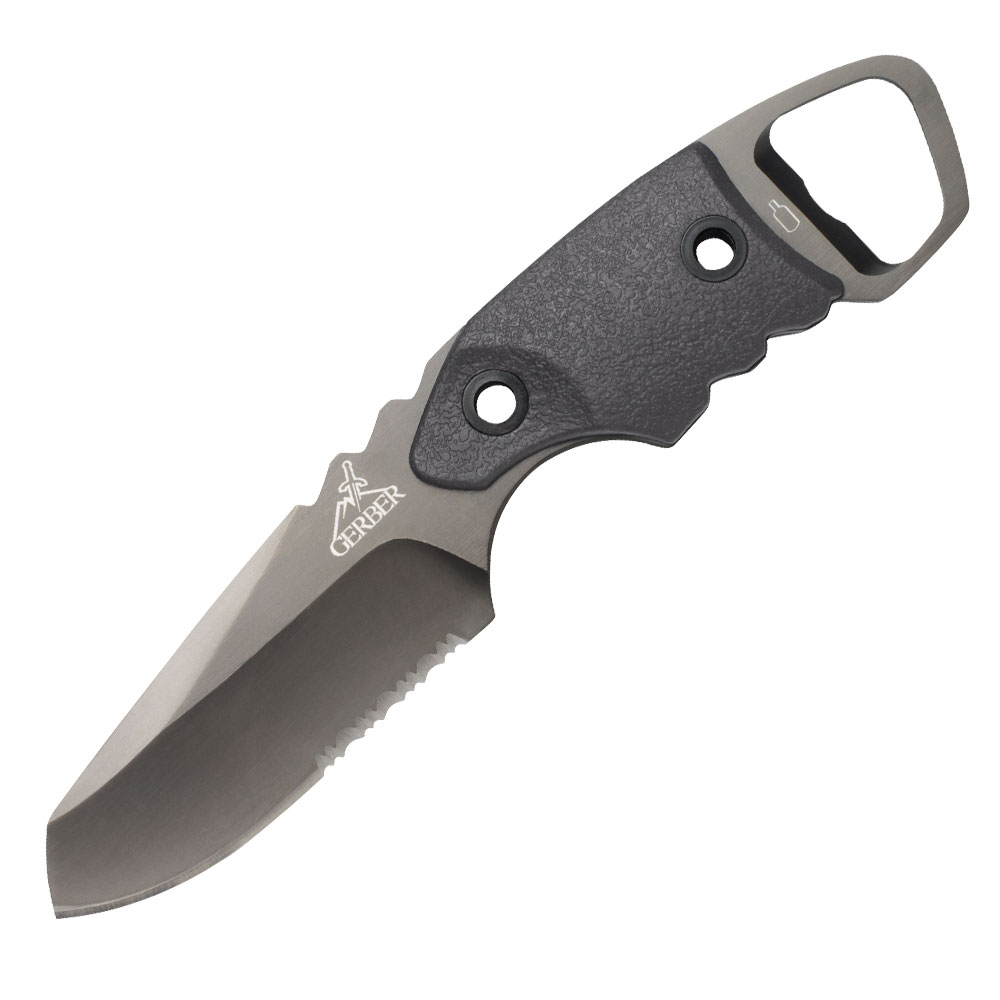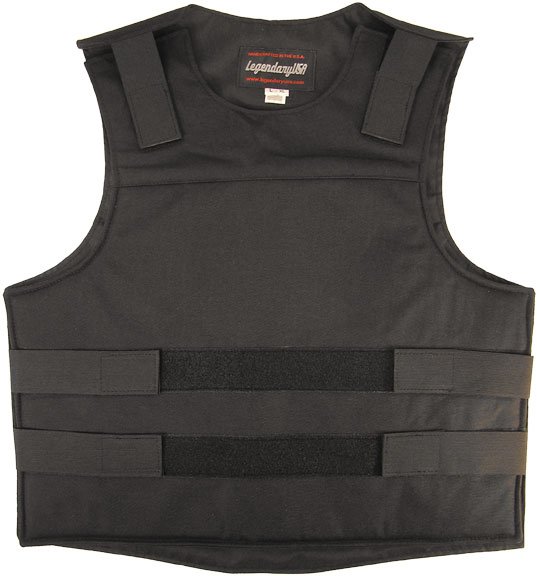Our military service men and women depend on the protection of tactical vests on a daily basis. The military vests vary in design, color, and weight, as well as by different levels of protection for the upper body. The material and design of a tactical vest protects the torso region of the body. After the head, the chest is the most exposed area of a person’s body. The purpose of a military tactical vest is to protect an individual from unseen objects and ammunition, but still allow the wearer to move about freely and swiftly.
The style of tactical vest used depends on the type of terrain and climate where the vest is used. A forest situation calls for the use of green camouflage, while desert combat needs brown camouflage. Those stationed in a hot, humid climate fare better using a thin, lightweight vest. While protection remains nearly the same as a heavier vest, the lighter one is more appropriate in the hot weather conditions.
Military personnel who serve in colder climates use a heavier, insulated vest. Not only does the vest protect one from flying objects, it keeps a person as warm as possible when exposed to inclement weather. Most vests are waterproof which adds to its defensive protection.

Military vests made of high quality materials, such as nylon, aramid fibers, or ballistic material offers the best safeguard, and allows the least amount of trauma to the upper body if unexpectedly hit by an object. The flexible vests will go underneath or on top of other clothing, although most individuals prefer to wear them on top. Like regular clothing, vests come in different sizes to afford the most comfort and protection, while allowing the wearer to remain mobile.
Nearly all vests contain pockets and pouches to hold indispensable equipment needed on the battlefield. Different manufacturers design tactical vests in different ways, so storage space will vary from vest to vest. Spare magazines, ammunition, radios, flashlights, trauma kits, water bottles, tactical knives, and grenades are some of the items that can be stored in the pouches of a military vest.
Military Tactical Vests for Sale
[phpbay]military tactical vest, 18, “”, “”,,,19[/phpbay]


 Throughout World War 1 and World War 2, the packs carried by the soldiers were nothing more than bags with straps sewn into them. They were made from cotton, they became saturated in the rain and their carrying capacity was limited. The evolution of the army’s backpacks was slow and in the early 1980s, the ALICE pack was developed. Although an improvement over the preceding models, the full packs on long marches became uncomfortable and chafing. Uncomfortable soldiers are inefficient soldiers and being miserable is a good road to failure.
Throughout World War 1 and World War 2, the packs carried by the soldiers were nothing more than bags with straps sewn into them. They were made from cotton, they became saturated in the rain and their carrying capacity was limited. The evolution of the army’s backpacks was slow and in the early 1980s, the ALICE pack was developed. Although an improvement over the preceding models, the full packs on long marches became uncomfortable and chafing. Uncomfortable soldiers are inefficient soldiers and being miserable is a good road to failure.










 After World War II the duffle bags in World War II were made with the same cloth but it was made 8 inches longer than the older duffle bag used in World War I. In World War II the bags were called “Barrack Bags” They were still made to look like knapsacks, and they were still not very sturdy while traveling in combat. In the years to come the bags would be made better.
After World War II the duffle bags in World War II were made with the same cloth but it was made 8 inches longer than the older duffle bag used in World War I. In World War II the bags were called “Barrack Bags” They were still made to look like knapsacks, and they were still not very sturdy while traveling in combat. In the years to come the bags would be made better.
 he CFP-90 field backpack (there is also a smaller
he CFP-90 field backpack (there is also a smaller